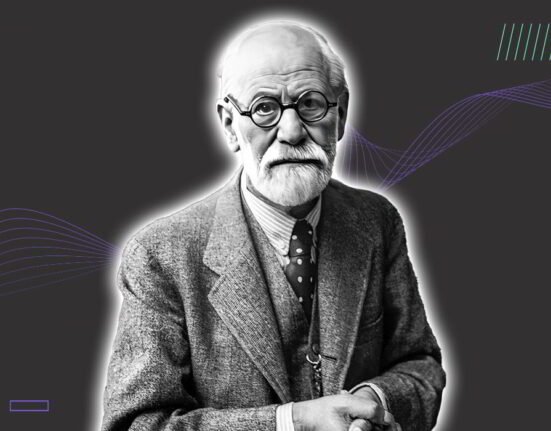Diversity management and inclusion are being discussed vigorously in the sphere of organizational behavior and human resources management. Prejudice and discrimination is an age-old practice where several individuals get categorized because of their demographics or cultural identity. Most of the time, negligence to include not only happens during the recruitment process but also during daily conversations among colleagues. Two of the major challenges identified from this perspective are unconscious bias and micro-inequities. Unconscious bias is the small, unintentional act of stereotyping others. When such acts become offensive and repeated, it is known as micro-inequities. Those minute occasions that are transient, covert, often unintentional, and frequently unrecognized by the perpetrator, that occur wherever people are perceived to be different are labeled as micro-inequities (Rowe, 2008). Unconscious bias and micro-inequities can be manifested in both verbal and non-verbal communication.
One of the most relevant ways in which we can tackle unconscious bias and micro-inequities is the use of micro-affirmations. According to Rowe (2008), micro-affirmations are the small and minute actions that reinforce a welcoming, comfortable, and inclusive environment for underrepresented individuals or minority groups. It is the process of giving credit to others and supporting them in times of distress (Rowe, 2008). Sometimes it may be our small acts or a single word that hurt others which leads to micro-inequities. Similarly, a small act of kindness or few words of appreciation may have a positive impact on others. Sometimes even a smile can be potential enough for others to feel connected and valued. This is the whole idea behind micro-affirmations. Diversity management doesn’t stop at hiring people from excluded categories. It also includes constant acceptance of them as well as appreciating their efforts and contributions. This requires constructive communication among colleagues from diverse categories, kind and compassionate behavior, empathetic listening, and complimenting each other. Such actions from other people make underrepresented employees feel comfortable in the organization and that their presence is honored. This will increase their self-esteem and reinforce them to be more productive as well as enhance their job satisfaction. Increased performance from such employees will be beneficial for the organization as well as lead to better outcomes and contribute to overall organizational effectiveness.
Rowe proposed that micro-affirmations can have mainly three positive effects. One is that being appreciated by others encourage individuals to perform better and enjoy what they are doing. It leads to increased satisfaction and commitment as well as decreased burnout. The second effect is that constant affirmations will inspire individuals to appreciate others as well, thereby increasing the morale and productivity of both individuals and the organization as a whole. Finally, putting a conscious effort to practice micro-affirmations while dealing with others enables people to reduce the occurrence of unconscious micro-inequities.
Micro-affirmations are useful not only in the workplace but also in educational institutions. Lee (2006) wrote an article on the application of micro-affirmations to advising and mentoring international students in the United States. She suggested that small acts from the side of academic faculty like acknowledging international students’ cultural background can help in reducing their sense of culture loss and they feel more connected to the new surroundings. Similarly, recognizing international students’ strengths beyond language barriers can boost their self-efficacy and academic interests. Additionally, normalizing international students’ challenging experiences is also beneficial. International students tend to associate their cultural, social, financial, or psychological challenges with their academic difficulties and tend to internalize these issues. Normalizing such threats using micro-affirmative communication can help them reduce this tendency to internally attribute the challenges and identify themselves as equal to other students.
As part of a diversity planning initiative, a training session was conducted at Cornell University in which micro-affirmations were used to overcome the barriers of unconscious bias and micro-inequities. It was explained in their report that micro-affirmations enhance compassion and fairness. It acts as an appreciation for productivity and thus underrepresented individuals feel valued and accepted by others in the workplace. Some of the strategies proposed to use micro-affirmations were actions that reflect kindness, monetary and non-monetary rewards, recognition, compliments, and empathetic listening. The training was successful and 94% of participants responded that the training made a positive impact on their attitude.
Rowe (2008) presented in his report on how to bring micro-affirmations into action. He suggested that managers have to be cautious about small things that are happening among employees. Feelings have to be valued and never be taken for granted. The principles of affirmative inquiry have to be followed. For instance, he quoted that exploring strengths and encouraging success has to be given more prominence than identifying weaknesses and focusing on faults. And it is not only important to change attitude, but also important to change behavior accordingly so that there won’t be a dissonance between attitude and behavior. To modify behavior, managers can use the principles of reinforcement and punishment. Identify what are good and bad behaviors. Then reward good behaviors whereas punish and discourage repetition of bad behavior.
Diversity management is not a strategy to encourage the inclusion of underrepresented individuals, but also a necessity in the growing competition among industries. Having a workforce that represents diverse social categories facilitate organizational effectiveness as it increases chances for different perspectives and new ideas. It also increases customer base especially if the customers include people from diverse categories. Having their representatives in the workforce will attract them more to the organization and its products. So it is inevitable that an organization embraces its diversity and for that, overcoming barriers like micro-inequities is really important. With such an objective, it is important in the present time for organizations to focus on micro-affirmations and to ensure a constructive relationship among the workforce.












Leave feedback about this